How do you teach children about climate change?
Our top tips for tackling this complicated – and sometimes scary – subject with your kids.
Climate change is a hot topic (sorry, no pun intended) that children want to understand. Problem is, it’s a topic that can be hard for adults to comprehend. So, how do you teach children about climate change without overwhelming them – or even scaring them?
Here are some ideas to break down climate change basics so you can empower your children to be part of the solution.
Explaining the science
Understanding climate change starts with understanding the atmosphere.
Explain to your child that the atmosphere surrounds the Earth like a bubble and protects us from the harshest rays of the sun and the cold of space. It also contains greenhouse gases, which include the air we breathe (oxygen) and others that help keep Earth at the perfect temperature. Finally, the atmosphere naturally releases extra gases into space.
The problem is that over the last 150 years, the levels of greenhouses gases released into the atmosphere has increased.
Ask your child to list all the things that need power to work: cars, lights, fridges etc. Then explain that the power comes from burning coal, natural gas, and oil, which releases greenhouse gases into the atmosphere.
Your kid can then think about what people used to do, before these things were invented, to understand why the level of greenhouse gases has increased so much.
Maybe your kid is now thinking: But if the atmosphere naturally releases the gases into space, what’s the problem? Tell them to think about the steam created when someone showers with the bathroom door closed. The steam is trapped and warms the bathroom.
Too many greenhouses gases in the atmosphere are like the steam in the bathroom. The gases are trapped and warm the planet. And when Earth warms, its climate changes.
Let your little one lead the questions. And if they come up with a something you don’t know the answer to, it’s better to say you’re not sure than approximate an answer. Perhaps you could research the answer together – giving your kid a chance to teach you something, too.
Explaining the problem
Climate is the pattern of weather conditions over many years. Children can think of that in terms of the town where they live.
For instance, ask your kids to tell you what the weather conditions are always like during a certain month. Snowy and cold in February in the UK? Hot and dry in December in Australia? Rainy and windy in March in Ireland?
A child can then describe the overall climate of a town based on the weather conditions that happen during that month every year.
The climate is like nature’s clock. People rely on it to know when to grow food or prepare for icy roads. Animals depend on the climate to know when to migrate to find mates or food.
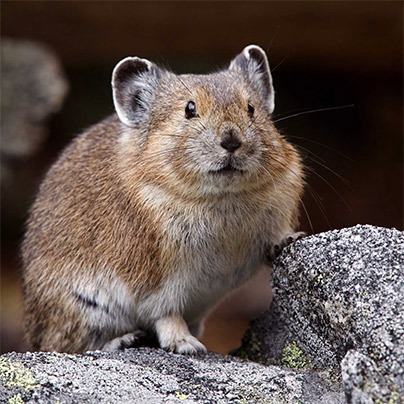
But what happens if that clock changes? Try asking your child what would happen if you sent them to school at midnight. The canteen wouldn’t have any food, the lights wouldn’t be on, and your kid would be very sleepy.
Explain to your child that just like how drastically changing the time you show up to school would mess everything up, a drastic change in climate messes Earth up. As the climate changes, it could get hot at the wrong time of year, or we might get too much rain in some places and not enough in others.
This could make it harder for farmers to grow crops or animals to find food. A warming climate could also mean more wildfires, flooding from melting glaciers, and stronger storms.
Explaining the solution
Though these dire predictions can be scary for children, parents shouldn’t downplay the problem. But it’s important to empower kids to protect the planet so they feel like they’re making the difference.
At National Geographic Kids, we’re experts in talking to kids honestly, but positively, about global issues like climate change, endangered animals and pollution. Our subscriptions are perfect for planet-passionate kids and packed full of tips, facts and ways to take action. Take a look for yourself.
At home, you can start by challenging your child to find 10 ways to use less power every day. This could be turning off lights, unplugging chargers when not using them, or riding bikes more. (Check out these 20 other ways they can make a difference, too.)
To emphasise the importance of working together to solve problems, task your kid with developing and managing a family composting plan. The compost will increase plant growth, and the plants will help absorb harmful carbon dioxide gas from the atmosphere.
Finally, show children how influencing others – for instance, helping your kid create eco-friendly change at school – is a giant step towards getting everyone to protect the Earth.
Because after all, that’s really the best way we’re going to solve it.

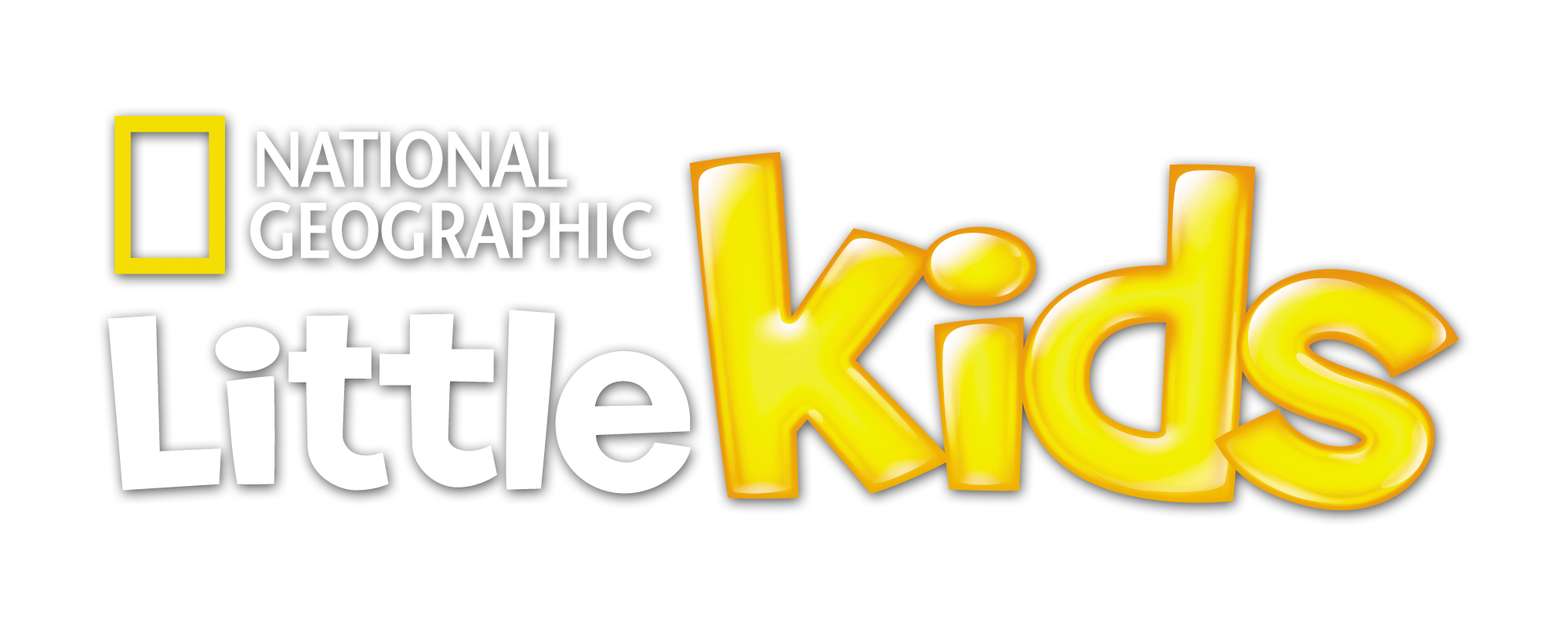




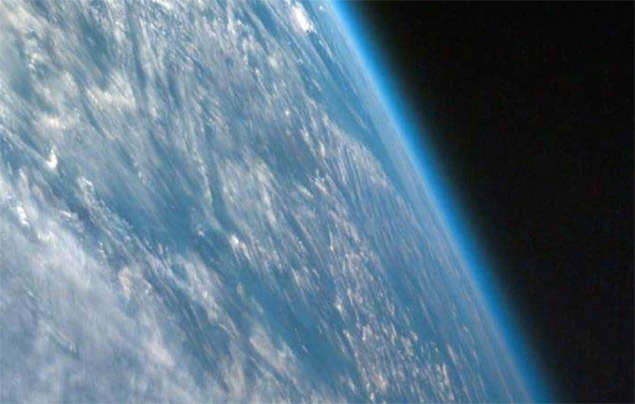
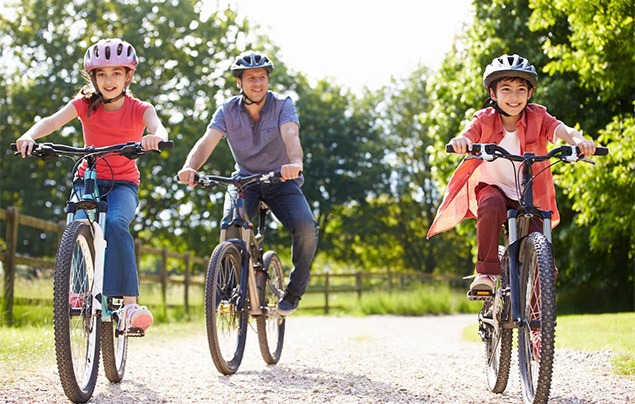

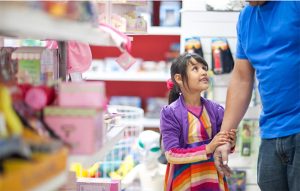







LEAVE A COMMENT
THANK YOU
Your comment will be checked and approved shortly.
WELL DONE,
YOUR COMMENT
HAS BEEN ADDED!
COMMENTS1
CUSTOMIZE YOUR AVATAR